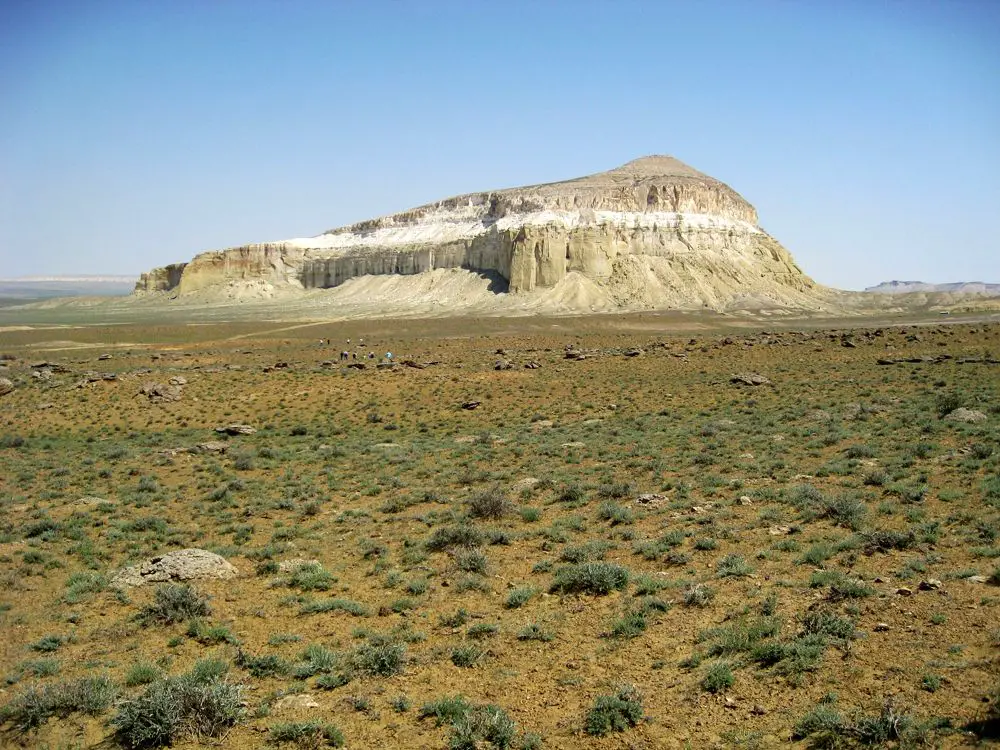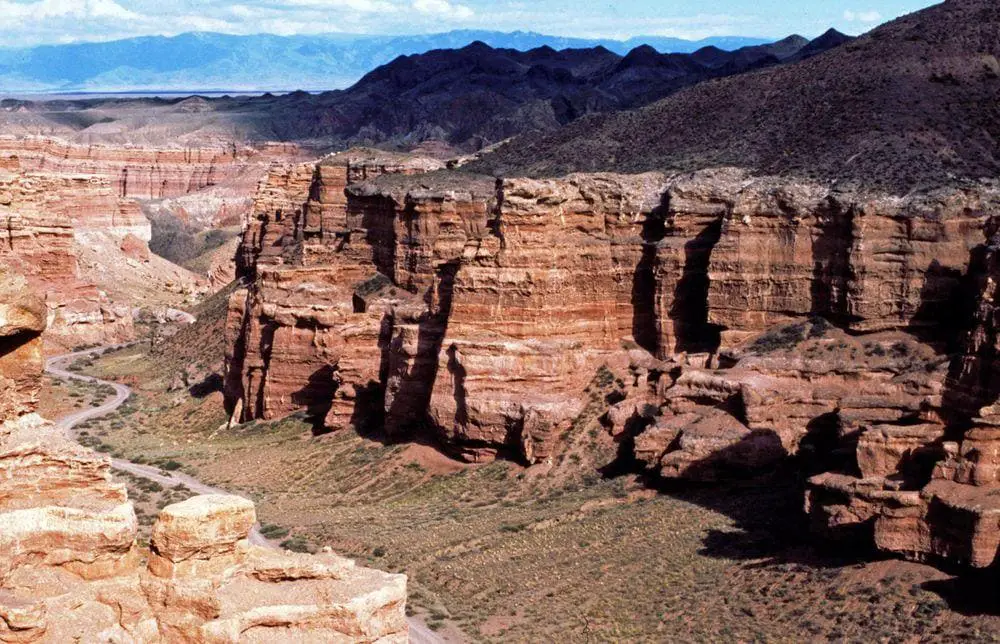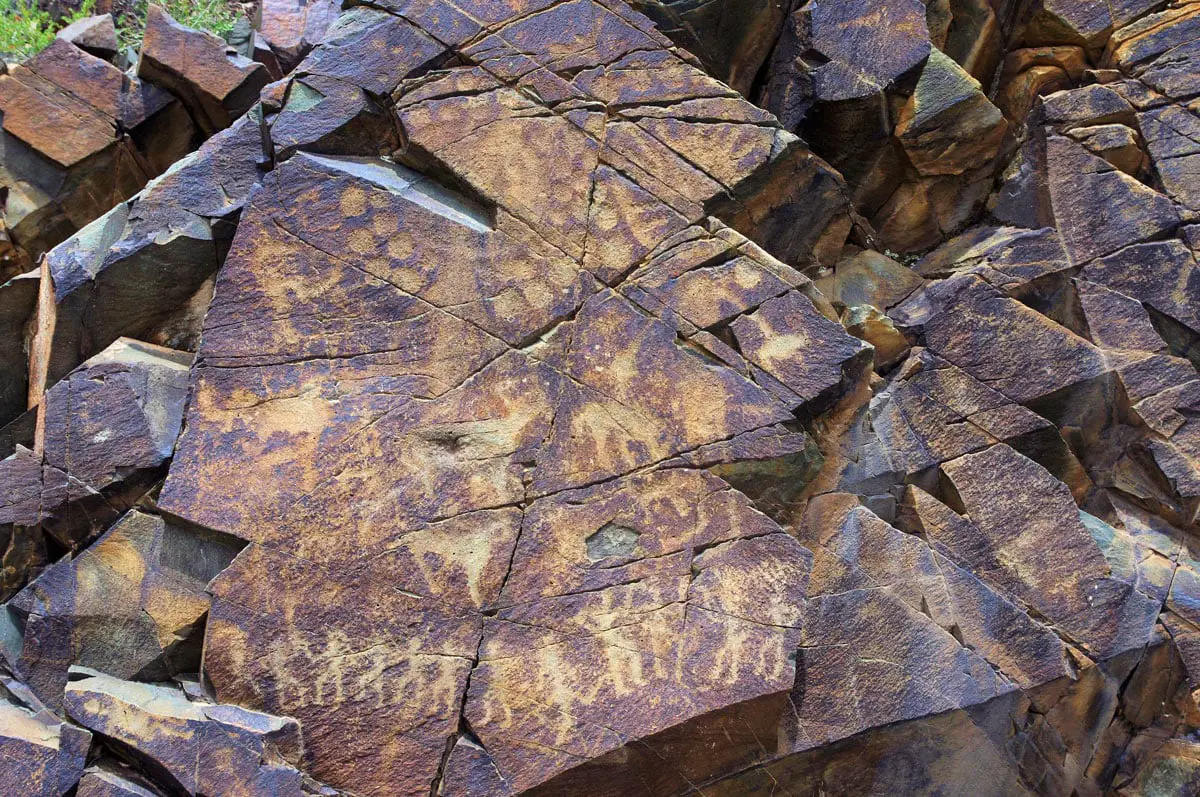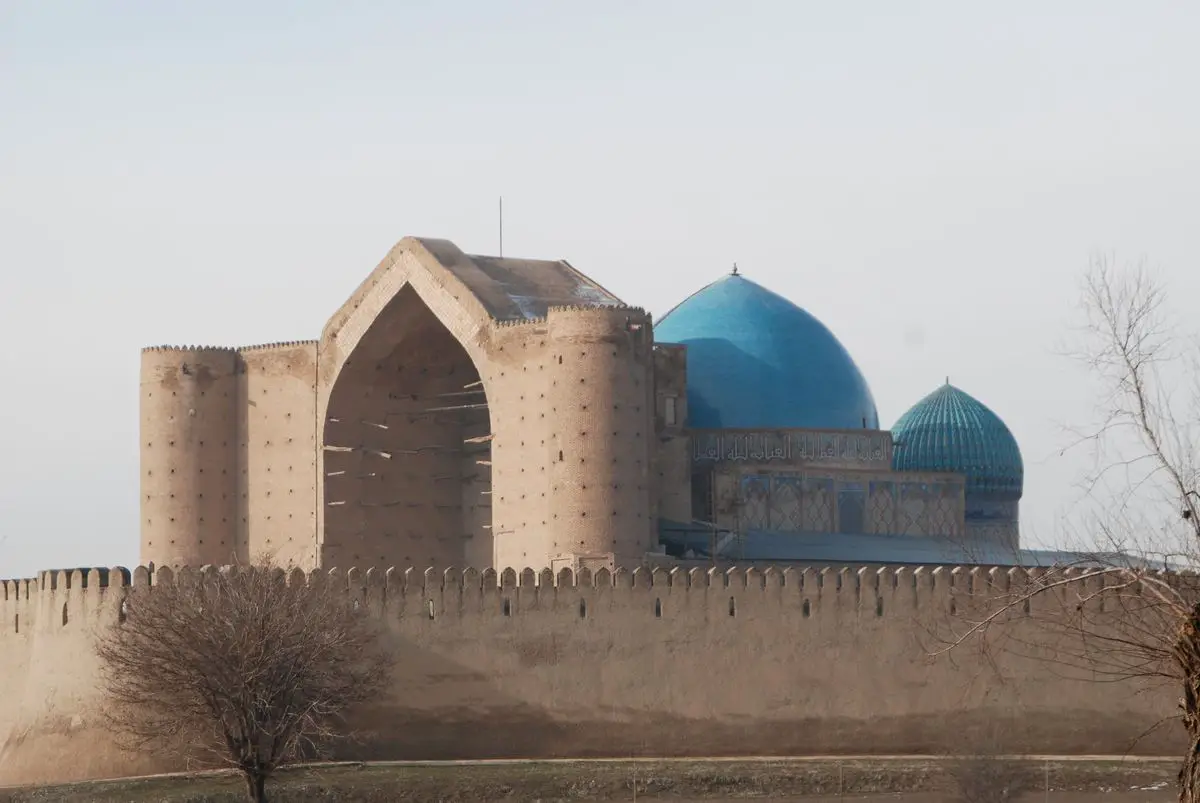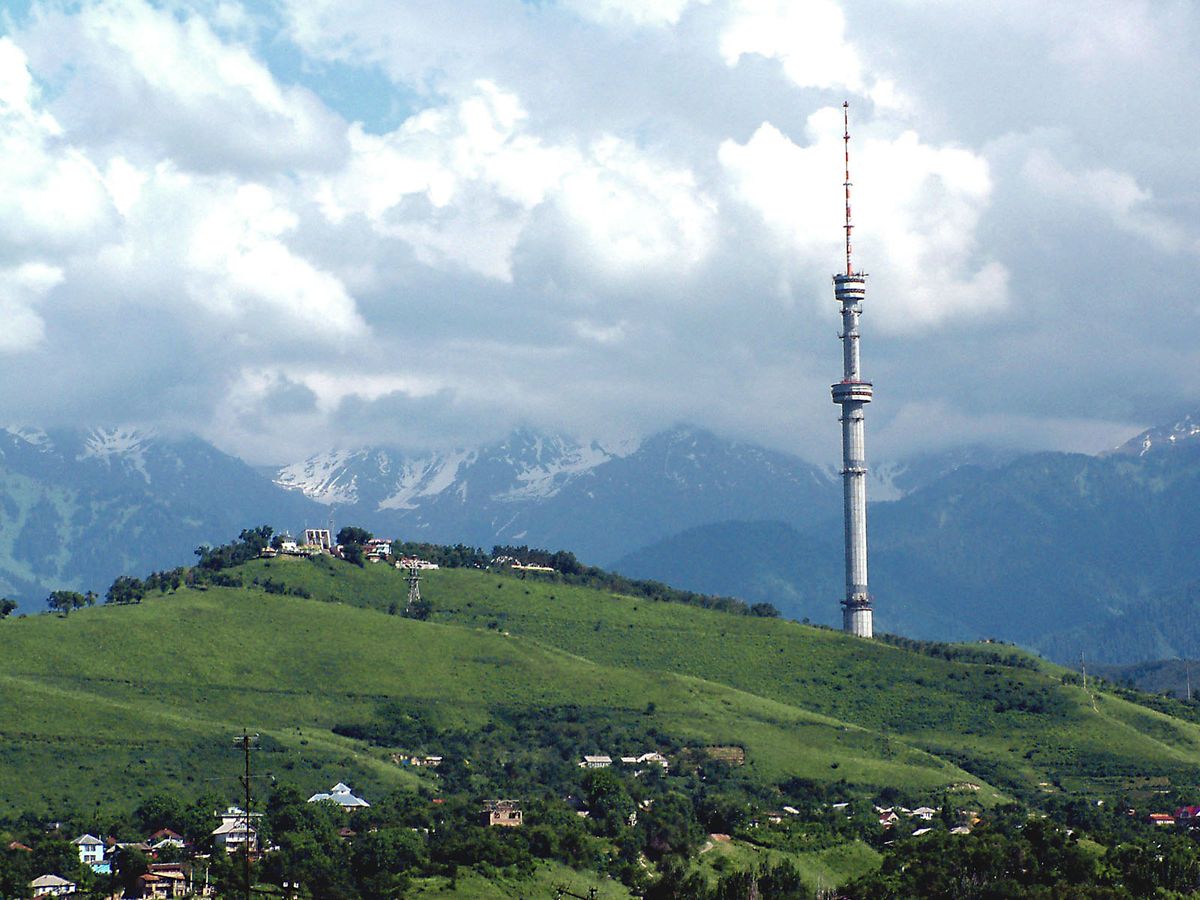Wondermondo 🢖 World 🢖 Wonders of Asia 🢖 Wonders of Kazakhstan
Territory
Wonders of Kazakhstan
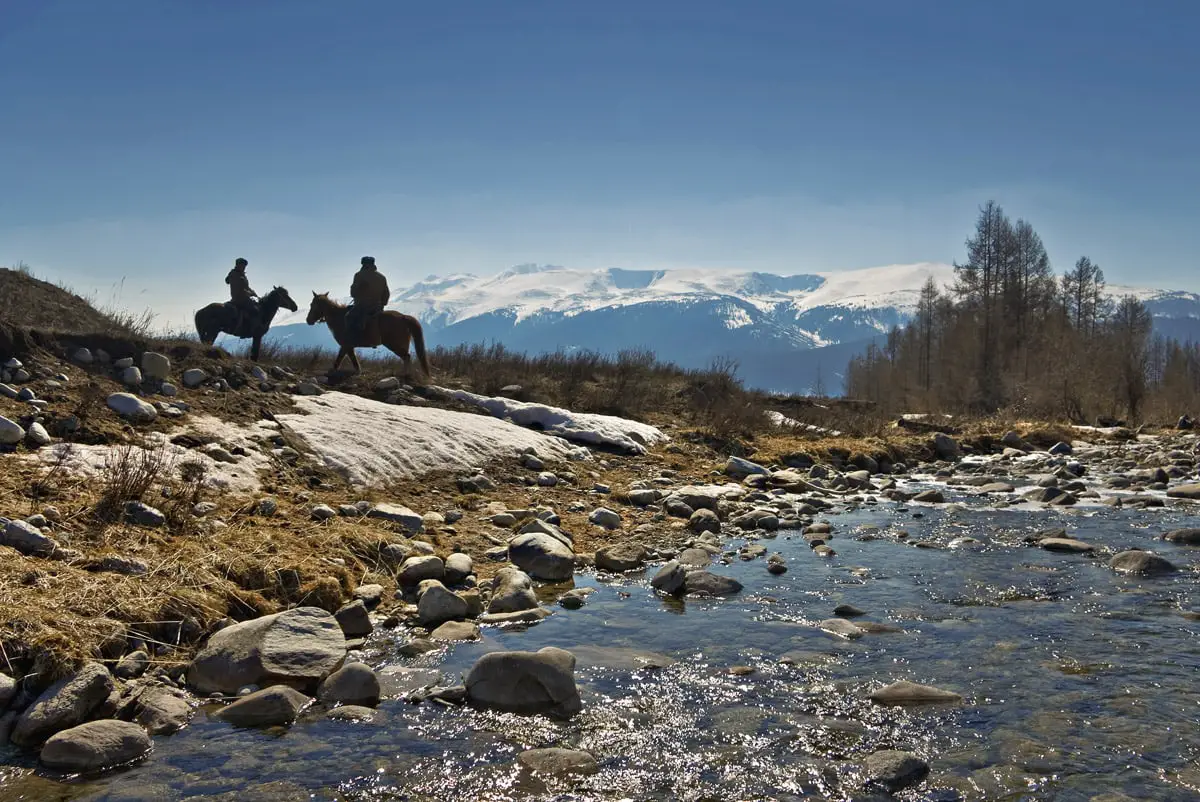
 Highlights
Highlights
Kazakhstan belongs to the world’s largest countries and its vast steppes, deserts, and mountains hide numerous wonders. Its natural and cultural heritage is comparatively little known, but here are found quite a few important landmarks.
Most interesting is the rich archaeological heritage. In Kazakhstan are found outstanding wonders left by the Bronze Age and early Iron Age cultures – giant mounds (kurgans), megalithic monuments, and petroglyphs.
Map with the described wonders of Kazakhstan
If you see this after your page is loaded completely, leafletJS files are missing.
 Top 25 wonders of Kazakhstan
Top 25 wonders of Kazakhstan
Geological wonders
Singing Sand Dune
Almaty Province
An enormous sand dune that often emits a strong, booming sound that is created by the friction of sand grains. Sandy ridge is up to 300 m high and 1.5 km long.
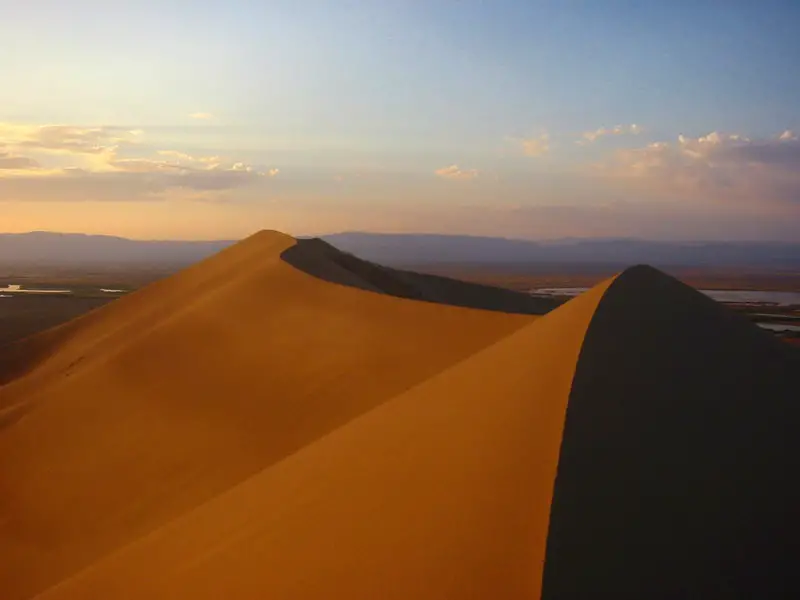
Aksu Canyon
South Kazakhstan
15 km long and up to 500 m deep canyon in Tian Shan mountains. Canyon contains some forest fragments with Malus sieversii apple trees – ancestors of domesticated appletrees and pears. Here are found also petroglyphs.

Sherkala
Mangystau
An unusual mountain that looks like a giant sculpture. The mountain is 332 m high. On the top are remnants of fortification built by Dzhuchi, son of Genghis Khan. The summit can be accessed through an old tunnel.
Valley of Castles in Charyn Canyon
Almaty Province
A spectacular part of Charyn Canyon. Here the canyon is some 20 – 80 m wide and has beautiful cliff formations. Charyn Canyon contains relict stands of Fraxinus sogdiana – relict species from the Paleogene period. The area of this stand is 800 ha. Here are found numerous burial mounds – kurgans.
Zhamanshin crater
Aktobe
Large impact crater, with a diameter of 14 km, 270 m deep. The impact took place some 900 thousand years ago and was the latest impact of such a magnitude that could cause an effect of nuclear winter.
Stone Balls Valley
Mangystau
The floor of this valley is covered with giant stone balls – concretions of minerals.
Shunak crater
Karagandy
2.8 km wide and 400 m deep impact crater, some 45 million years old.
Aulietas
Karagandy
Very impressive granite formations, a sacred place to native people.
Kokkol Falls
East Kazakhstan
Possibly the most beautiful waterfall in this part of Kazakhstan, some 60 – 80 m tall.
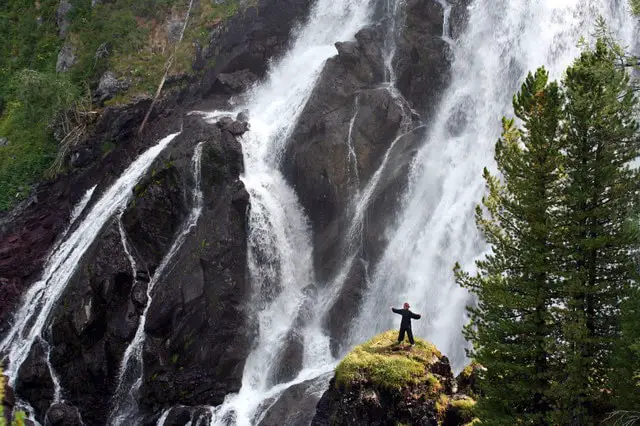
Archaeological wonders
Otrar
South Kazakhstan
Ruins of a once important medieval city that was founded established sometime around the 1st century AD. Ruins are very extensive and encompass remnants of several cities – Altyntobe, Dzhalpak-tobe, etc. Abandoned since the end of the 18th century.
Sawran (Sauran)
South Kazakhstan
Ruins of a historical trade city on the Great Silk Road, founded in the 1st millennia BC and abandoned since the 17th century. Remnants of two mosques have been found. The city is surrounded by remnants of a wall that is up to 3 – 6 m tall.
Tamgaly petroglyphs
Almaty Province
A large group of petroglyphs with some 5,000 etchings on stones and cliffs. Petroglyphs were created in the time period between the second millennium BC and the early 20th century. Many petroglyphs show Buddhist symbols. Nearby are remnants of settlements and burial grounds with stone cists.
Shu-Zhaissan sanctuary
Jambyl
Group of stone steles, carved and erected by ancient Turkic people in the 7th century AD.
Issyk kurgans
Almaty Province
Group of 45 enormous burial mounds that are up to 15 m tall, made during the 4th – 3rd centuries BC. Famous due to a find of very interesting burial that contained more than 4,000 golden items. The grave contains inscriptions, possibly in Scythian language.
Architecture and culture wonders
Khoja Akhmet Yassawi mausoleum
South Kazakhstan
Mausoleum to Turkic poet and Sufi mystic Khoja Akhmet Yassawi (1093 – 1166), the first known Turkic poet. The structure was ordered by Timur and left unfinished in 1405. Nevertheless, it is one of the best-preserved Timurid structures and now serves as a national symbol of Kazakhstan. Its dome is the largest in Central Asia.
Shopan-Ata underground dwelling and mosque
Mangystau
Cave complex – old dwelling and the shrine of Sufi mystic Shopan-Ata, who lived some 800 years ago. The rock-cut cave was built in the 10th – 12th centuries. The site is surrounded by thousands of burials. The symbolics in Shopan-Ata sacred caves show a fusion of earlier, animistic religion and Islam.
Almaty Tower
Almaty
The tallest free-standing tubular steel structure in the world, 371,5 m tall. Constructed in 1975 – 1983.
Sultan-Epe
Mangystau
Underground mosque and burial of Sufi saint, a pupil of Khoja Ahmed Yassaui.
Saray-Jük (Saraychik)
Atyrau
Ruins of a medieval city that was established in the 10th – 11th century and was a major trade center in the 13th century. Ruined in 1580.
Kok-Kol Lake and Aidahar
Jambyl
An unusual montane lake that, reportedly, emits sounds – long whistles or sighs. This could be explained by emissions of gas from the bottom of the lake. According to stories of many locals sometimes here is seen a monster – Aidakhar – that comes out from the lake and hunts sheep. This monster was been observed also by some scientists but there is no evidence of whether it exists in reality.
Shakpak-Ata mosque
Mangystau
Possibly the most impressive rock-carved shrine – mosque in Mangystau. The premises are large enough to have rock-cut columns holding the ceiling. Most likely built in the 10th – 11th centuries. Interesting are the petroglyphs on the walls of the cave.
Bayterek Tower
Akmola
Spectacular observation tower, constructed in 2002. The monument is 105 m tall and is topped with a 22 m large ball. The tower symbolizes the transfer of capital to Astana.
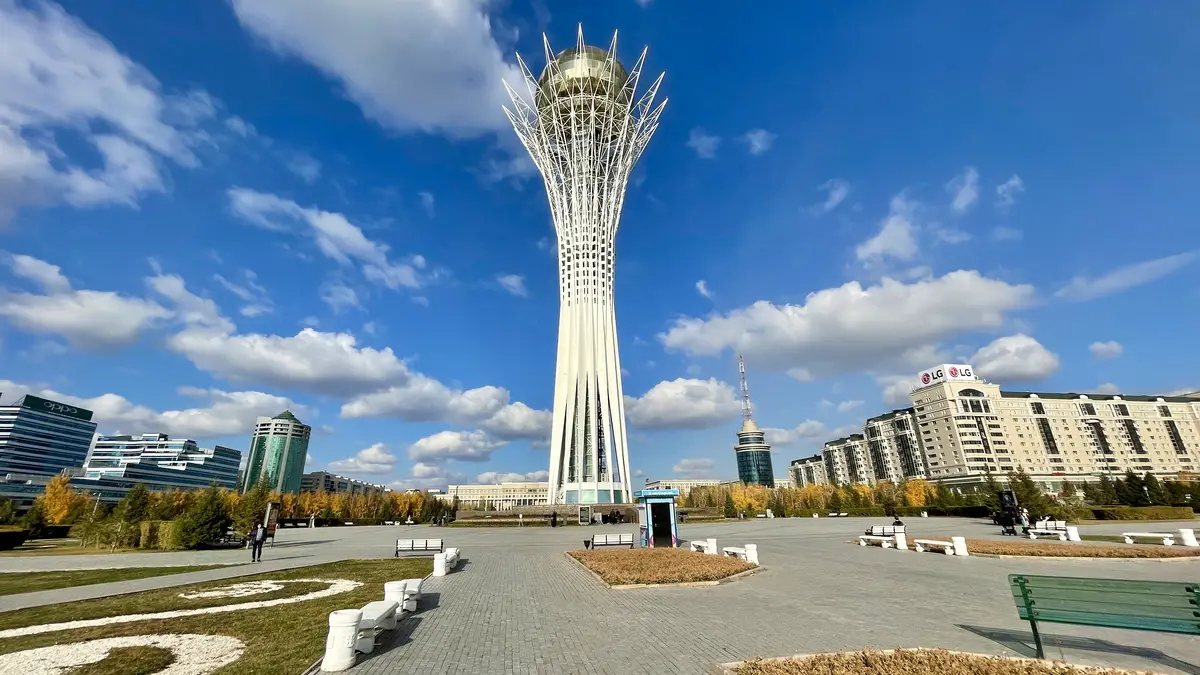
Aisha Bibi
Jambyl
An ornate mausoleum, built in the 11th or 12th century to commemorate the life of a noblewoman. Now it serves as a symbol of love and faithfulness.
Gagarin’s Start in Baikonur Cosmodrome
Kyzylorda
The launchpad where the first human spaceflight took place in 1961. The site still is in use for launches of spacecraft.
 Recommended books
Recommended books
Kazakhstan (Bradt Travel Guide)
Landlocked between Russia and China, and surrounded by the shimmering Caspian Sea shores and the Altai and Tian Shan mountains, a trip to the exotic wilds of Kazakhstan will erase any association Westerners may have with the film Borat. Visit in May and find the slopes of the Tian Shan carpeted with tulips, base yourself in cosmopolitan Almaty, and a day trip to the nearby mountains and forest (where the pious may encounter the legendary Buddhist kingdom of Shambala), or sample a glass of kumiss at a Kazakh dastarkhan.
Apples Are from Kazakhstan: The Land that Disappeared
A funny and revealing travelogue of Kazakhstan, a country rich with wild tulips, oil, nomads who hunt with golden eagles, and a disappearing landlocked sea.
Closed to foreigners under Tsar and Soviet rule, Kazakhstan has remained largely hidden from the world, a remarkable feat for a country the size of Western Europe. Few would guess that Kazakhstan—a blank in Westerners’ collective geography—turns out to be diverse, tolerant, and surprisingly modern, the country that gave the world apples, trousers, and even, perhaps, King Arthur.

